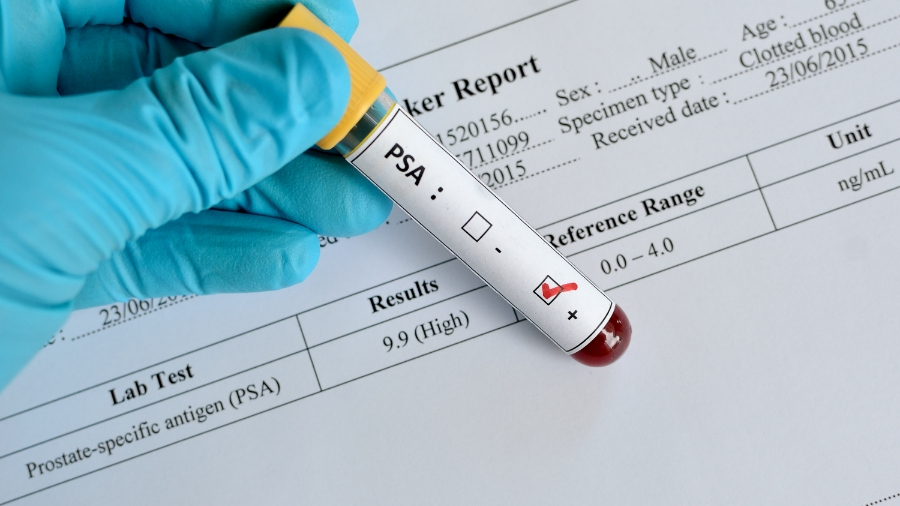Nearly 116,000 Americans are on the waiting list for a lifesaving organ transplant. While we know that organ donation can save lives and thousands of people donate every year, what isn’t often discussed is that not every organ donated is viable enough to use for a transplant.
There are several reasons for this, but the process that occurs to preserve organs after they are retrieved can contribute to whether an organ actually is usable.
A study that appeared in the recent issue of the Journal of the American Society of Nephrology (JASN) sheds more light on this process and suggests that limiting “cold ischemia times” could increase the use of organs.
The Process Behind Organ Donation
To understand “cold ischemia times,” it’s important to understand how organs are donated and what happens afterward. In the U.S., most organs are donated after a patient has been declared brain dead. However, organ donation after circulatory death (DCD), where someone’s breathing, heartbeat and circulation have stopped, is becoming more common across the country. In 2015, nearly 18 percent of deceased donor kidney transplants were the result of DCD. When a DCD organ is donated, it must be chilled and then re-warmed to restore blood supply before it can be transplanted to the donor recipient. However, restoring blood flow to the organ after it has been chilled can cause tissue damage, which makes the organ unusable.
In the study, researchers reviewed seven years’ worth of national data to examine the use and outcome of DCD kidneys across 58 donor service areas in the U.S. They discovered that 20 percent of these kidneys were discarded, with discard rates ranging from 3 percent to 33 percent across the donor service areas they examined.
They also discovered that DCD kidneys were more likely to fail when cold ischemia times, the period during which the organ is chilled, lasted longer than 12 hours. This finding is important because DCD kidneys have been shown to last at least 5 years in 75 percent of patients. Currently, the generally accepted cold time for donated kidneys is up to 24 hours, but this study indicates that even that period may be too long and may affect the organ’s viability.
Saving More Lives
Researchers say more national data needs to be collected to understand how to increase DCD donor transplants in the country, but that reducing cold times to under 12 hours could increase the safe use of DCD kidneys when it takes more than 48 minutes to restore blood supply to these organs.
Encouraging organ donation is so important, but as doctors we also have to do everything possible to ensure no organs are wasted. In 2017, doctors performed more than 31,800 organ transplants, but this study indicates that there’s potential for these numbers to be so much higher if we fine-tune the process that occurs after we retrieve organs from donors. Every 10 minutes, someone is added to the transplant list, but one organ donor can save eight lives. Increasing awareness of organ donation can close this gap, but investing in more studies to understand the effect of cold times on organ survival and implementing these findings in clinical practice may just help us narrow that gap even further.
If you’re thinking about registering as donor, please visit Translife’s website to learn more about organ donation.




